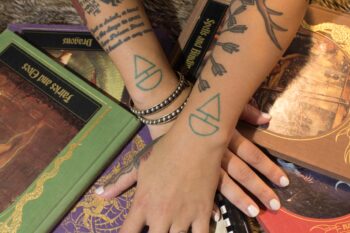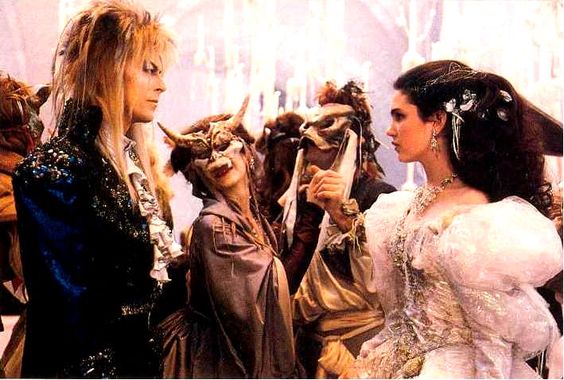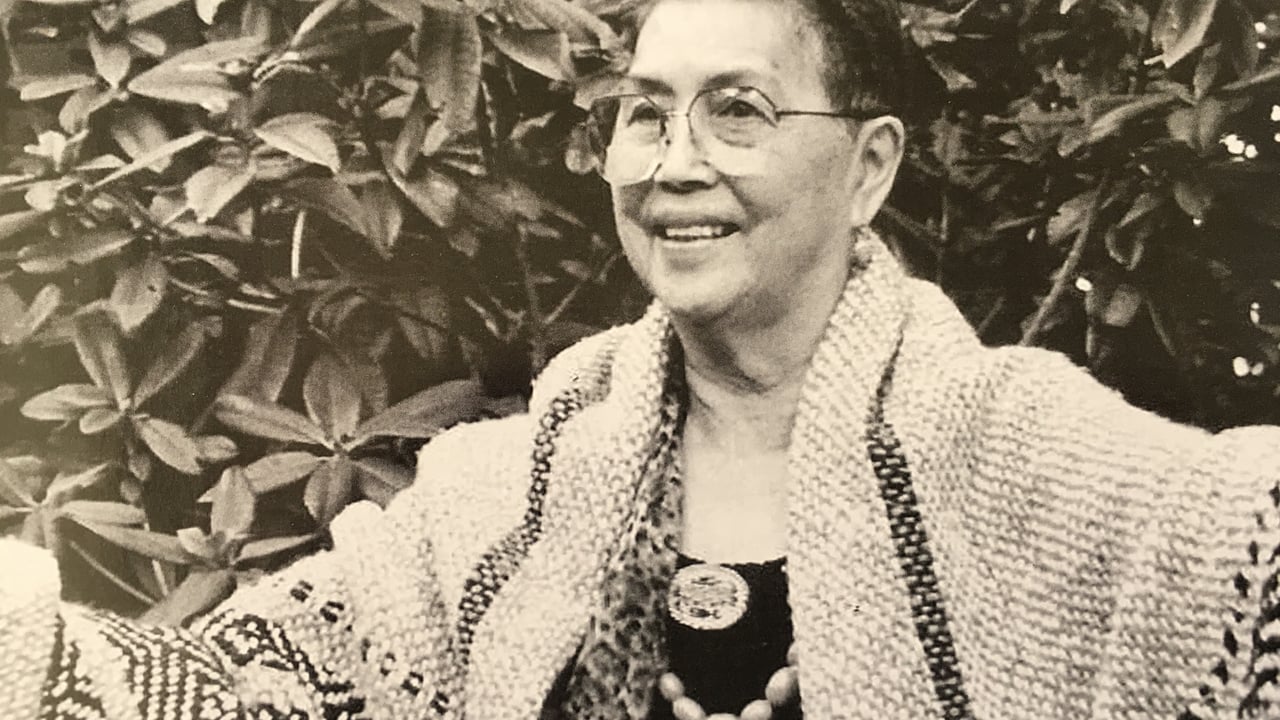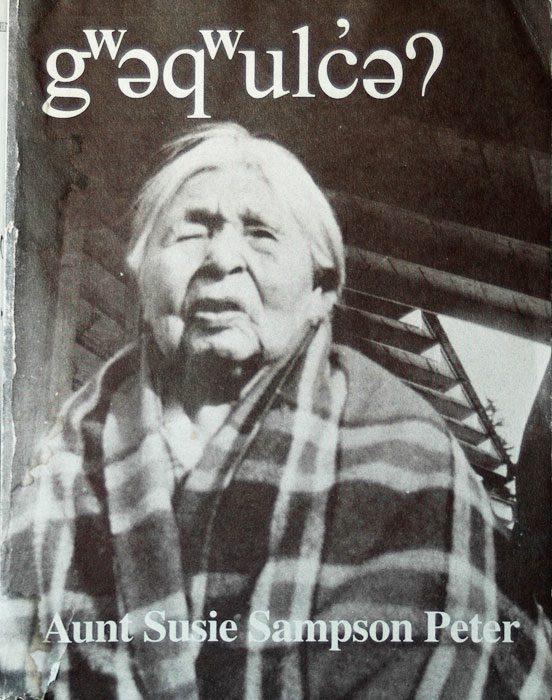
Just over two years ago, I walked into my first MFA workshop at The Institute of American Indian Arts with a scattered collection of sections from what I was loosely referring to as The Little Boats story in hand and ready to be critiqued. What I had was a disjointed and fragmented body of memories, the title piece based off a memory in which the imagined vision of boats is the most clear, the most visible thing I can recall. Two years of excavating and exhausting my memory and possibly my heart, I have the draft of a memoir.
The book project I’ve taken on while pursuing my MFA in creative nonfiction first rooted in me during my time at IAIA as an undergrad. Little Boats came out of an essay assignment asking us to describe our most traumatic memory. I did the work and came to class prepared to workshop my piece and panicked as my classmates went around sharing their stories of moving across country, of terrible break-ups, of pets and loved ones dying. My panic was not a dismissal of these stories; rather, I immediately realized I had overshared.
I stared down at my paper and read the title over and over again while my hands got sweaty and my mouth went dry. Little Boats. Even the title of my piece was my anxiety manifested, a vision that has haunted me since childhood. I wondered why the hell I had chosen to write Little Boats rather than the story of my childhood dog Eyeball falling off a cliff at my grandmother’s beach property when we were playing a rowdy game of pirates. Eyeball survived. Everybody cried. We learned about mortality, the dangers of cliff-side play and the fragility of life. The Eyeball story was a winner.
But I didn’t write the Eyeball story. I wrote Little Boats.
In its early stages, Little Boats was just an experiment. It was a letter of apology to my childhood love, a boy I had deeply wounded. It was also a love story, a fairy tale, a parable. It went through many revisions and wore many different masks: witch masks, mermaid masks, wolf masks, and even a comatose Sleeping Beauty mask.
But at its core was my most traumatic memory: me, ten years old, on the Swinomish reservation, on a water bed, babysitting, falling asleep to a Disney movie and a man, a family friend, a neighbor, enters the bedroom. Abuse occurs.
In an undergrad creative writing class, one of the early drafts was workshopped by a professor whose main critique focused on my “vagueness” in the scene of the initial abuse. My vagueness. She’s a dear friend who I look up to, a writer who absolutely knows what she’s talking about, but I was caught off-guard by her remarks. I understood the need for scene, for details, for particulars, but when it came to my experience of my own abuse, I didn’t want someone telling me how to do it.
I went home feeling defeated. I racked my brain for specifics, for the details she claimed were missing, but I couldn’t find them. All I found was fog and darkness and shadows in the shapes of little boats along a wall.
While pursuing my MFA I’ve read a lot powerful nonfiction on the subject of trauma and survival. Susanna Kaysen explicitly recounts being institutionalized in her memoir, Girl, Interrupted. Kathryn Harrison speaks openly about surviving an abusive and incestuous relationship with her father in The Kiss. Dorothy Alison tackles her own survivor story in Two or Three Things I Know for Sure. Her ability to traverse such a large expanse of her life in this short memoir is impressive. She is able to move back and forth in time seamlessly because of her transitions and her focus. Wendy C. Ortiz’s book Excavation haunted me. Her capacity to embody the thirteen-year-old girl she once was and illustrate the raw and magnified details of her sexual relationship with an adult teacher gripped me like a bad dream.
These authors are confronting harsh subject matter and tackling it with grace. This work is moving, effective, and stunning in its ability to make sense of a traumatic experience. This is an important narrative to have in the world, but it is not the only style of writing that confronts trauma. What I am most interested in, as an abuse survivor, as a woman writing about trauma, as a girl who grew up listening to her tribe’s legends and lessons, are the narratives that are using fairy tales, fables, and mythology to address trauma. This realm of storytelling may be based in fantasy and magic, but it can also be examined as a metaphor for what often occurs in many survivors during the experience of trauma: the act of dissociation.
Dissociation in its mildest form can be described as a coping mechanism and often occurs in those who suffer post-traumatic stress disorder. Our bodies are incredible and intelligent things. Of course they’ve wired in some sort of security system that allows us to check out when things get too scary. It’s daydreaming. It’s detachment. It’s a way to go someplace else, away from the originating trauma. Fairy tales, located outside of our reality, take us to another world. What’s interesting about the joining of these worlds, both fairy tale and trauma, is that the intersection resembles the very core of the experience of trauma itself: that daydreaming, that survival, those coping mechanisms can be manifested on the page or the screen.
I experienced dissociation at age ten, when I first suffered abuse. Dissociation took the form of dozens of little boats floating along the wall across from me. The boats came from some place in my mind and surfaced as a distraction, a meditation of sorts manifested in the shape of boats due to the waterbed I was sleeping on and the movement of waves beneath me. For a long time the boats were all I could remember from that night: their paper sails, their delicate smallness. This has fascinated me all throughout my childhood, my adulthood, and now even more so as a writer. The ability to leave one’s body, to escape, to go someplace else is powerful and terrifying. The boats were there because I needed them to be. Now, as an adult and as a writer concerned with craft, I need the boats for their language. There are moments in my memoir where I am unable to put into words the details of my abuse. The boats lend themselves to me for the dissociation they represent. For the sake of not being gratuitous, for the sake of my own fragility, it is safer and more effective for me to use the boats.
Perhaps this comes to me intuitively because I am a survivor, or perhaps I have seen and identified with this phenomenon over and over, in popular fiction, in fairy tales, and films.
As a girl I cherished what I call the three L’s: Legend, The Little Mermaid, and Labyrinth. These were my go-to video rentals on the weekends. I watched them again and again. I fell into them. I love the Labyrinth. This Jim Henson classic portrayed a young Jennifer Connelly as she battled her way through a sinister labyrinth in order to reach her adversary: a hyper-sexualized, leggings-clad Goblin King, brought to life by David Bowie. Watching the film over and over as a small child, I was able to recognize early on that I could take the film at face value: a magical world opening up to this teenager and sweeping her off into an adventure. Part of me looked deeper and saw a bratty and troubled girl, burdened by the task of caring for her baby brother and desperately seeking escape.
Sarah’s character is from a broken home—that much we know. During the night The Goblin King shows up and kidnaps the baby brother, freeing Sarah from her responsibility while also providing escape from her lonely world. In the labyrinth, Sarah overcomes obstacles, she makes friends, and learns important lessons. The labyrinth provides a world opposite of the one Sarah is familiar with. She’s able to triumph over her fears and change her fate. The trauma of the death (or disappearance) of her mother appears in the form of her new baby brother, the concrete evidence of her father’s new life and her responsibilities in this new family. The Goblin King takes her world away and replaces it with a fantasy.
It isn’t just through film that I observe the connection between fairy tale and trauma. I grew up close to my great-grandmother Vi Hilbert, who was named a Washington State Living Treasure for her work to preserve the Lushootseed language and stories. I heard stories of a woman she called Aunt Susie, who was an elder when my great-grandmother was just a girl. As a master storyteller and a medicine worker, she had a remarkable influence on my great grandmother’s work, teaching her about the lessons inherent in our culture’s legends.
I write a lot about my great-grandmother in Little Boats. I often use her stories and moments I’ve shared with her as a source of light throughout a dark journey. I was interested to learn more about the woman she learned from, and I picked up the Aunt Susie Book, a book that my great-grandmother transcribed and translated from recordings of Aunt Susie’s storytelling and interviews. I had thought that my tendency to lean towards the fairy tale was simply born out of a bookworm imagination, a need for my own escape at a young age, a love of all things magical. But it was deeper than that.
Aunt Susie is an ancestor, one I’ve learned a great deal from through my great-grandmother. Some of the craft tendencies I rely on in my writing are more intuitive than I thought, with ancestral origins. While workshopping Little Boats I often received feedback regarding the dreamlike sequences I fall into. At first this frustrated me. Was I being lazy? Was I trying too hard? Was I simply not ready to write this book? What I’ve learned after researching Aunt Susie more extensively is: none of the above.
In the following passage from my own work, I depict my reaction to my great-grandmother’s passing; in it, I see a connection to one of Aunt Susie’s stories.
Coma II: Sleeping Beauty
I fall asleep again. For many days at a time, I sleep. I call into work day after day. I kick the covers away from my body. I toss and turn. The curtains aren’t dark enough and I have to learn to ignore the daylight. Some mornings I hear Brandon at the stove, heating water for tea, trying to get me to eat. With my hand on the doorknob I can almost get to him, I can almost get back to the world. But a wave falls from somewhere, my ceiling maybe? And it crashes over me, reminding me I am still sleeping. My room fills with water again and again. Never waking, I get lonely. I chase a speck of paint, like a white rabbit across my bedroom wall, convinced if I follow it long enough it will lead me back to the waking world. But my eyes are heavy and I lose the speck of paint again, falling deeper into slumber. I sleep days and weeks away. I sleep my body sore. I sleep through several bill cycles and eventually my mother calls.
“You can’t sleep like that.” She tells me. I have to see a healer. A medicine worker.
“You’re falling into the spirit world and you can’t sleep that deep. You need to wake up.”
I didn’t have a straightforward narrative for what I went through when my grandmother passed. The words weren’t there in a traditional or conventional sense. All I could do was write the experience I did remember. I wasn’t trying to use poetic or flowery language, I talked about it in the only way I could.
Nearly a year after writing that scene, I finally picked up the Aunt Susie book and discovered her passage about being taken away by the salmon people:
I was sick, I was sick for a long time. Spiritually, supernaturally ill.
For the entire salmon season, during all of the runs.
We caught humpback salmon first.
We killed them. Indeed we killed them.
As a consequence, it seems the humpies took me.
They ran off with me (my soul).
There I was sick.
I was medicated (treated) yet I became progressively worse.
It took place there at Hamilton (on the Skagit river).
There I lay (for an indefinite time) until the dog salmon run finished.
I became very thin.
My stomach was compressed.
No food was inside.
I was skinny.
When I would feel it, my face was only bone.
Then I dreamed! I dreamed!
I over heard talking, “Oh you folks had better return that human woman.
You should return her to her human world.
You, the one called Skwayseliwe, will return her.”
The leader with a great big canoe was thus identified.
Many other people were on board.
With their red paint cedar bark headdresses on.
I was travelling on the back of the hump of a salmon.
That is how I was canoed.
I was very afraid that I would fall off and drown.
Then I overheard in song:
Unload her now, Skwayseliwe.
You have arrived back in your land.
You will disembark.
You will say to your own grandmother, “Open the door for me.
I came back.”
I got off and walked away.
I walked upland, I knocked on the door.
“Open the door, Grandmother. I have arrived.”
But they said of me I was crazy (confused they said).
Grandmother said,
“Get a grip on yourself, for you did not just arrive, my dear little one, you have instead always been here, asleep continuously. Maybe you were just dreaming.”
The story shook me up. I got goose bumps when I read it because Aunt Susie is retelling a moment of dissociation. Whatever the origin of her trauma was, fever, depression, a spiritual sickness, Aunt Susie’s only way of making sense of it in words was through the story of her leaving, of her being taken away by the salmon people.
To be brought up around my culture’s oral tradition meant to be brought up surrounded by stories. Storytelling is a regular occurrence during our family’s gatherings. This innate desire to tell, explore, learn, and teach something through our mythologies, our legends is ancient in us. It’s been passed through the generations. My great-grandmother listened to Aunt Susie’s stories and passed them on to us. And in these stories and in our own bodies are memories. Cultural and historical memories. The women of my ancestry have survived something. They lived in a time of assimilation, colonization, the loss of their lands and languages. They survived boarding schools and epidemics. These transformative historical experiences left us imprinted. Through the stories passed came an inherent resilience, a strength in the language. The women of my families carried their own traumas, as I have carried mine. Through their stories I’ve absorbed a language around trauma that allows me to access those fragile moments that sometime seem too frightening to explore.







